I'm living in a flat without balcony on the second floor. I'm not allowed to modify the building stock, like drilling holes into exterior walls. Nonetheless, I want to use solar energy to cover the base load of my flat.
I need to solve two problems:
- Mounting a solar panel outside of my window without modifying the building
- Getting the power into my flat
ATTENTION: Please contact me if you want to produce any of my ideas commercially. A previous approach was conceived while working at my university and is protected by them.
My goal is to find a design that is uncomplicated to build or adapt as a hobbyist, but suitable for mass production, at least in principle. Making it reliable and safe is a priority.
Please note that I am not an expert and all these quite untested ideas could be very dangerous to use. The whole contraption could fall and damage people and property. The cabling could be a fire hazard. Please only take inspiration form this project if you know what you are doing, since I have to reject any responsibility for any problems these concepts cause at this point.
Window mount for solar panels
Searching for a way to mount solar panels in my flat without modifying the building stock.
 Joris Wegner
Joris Wegner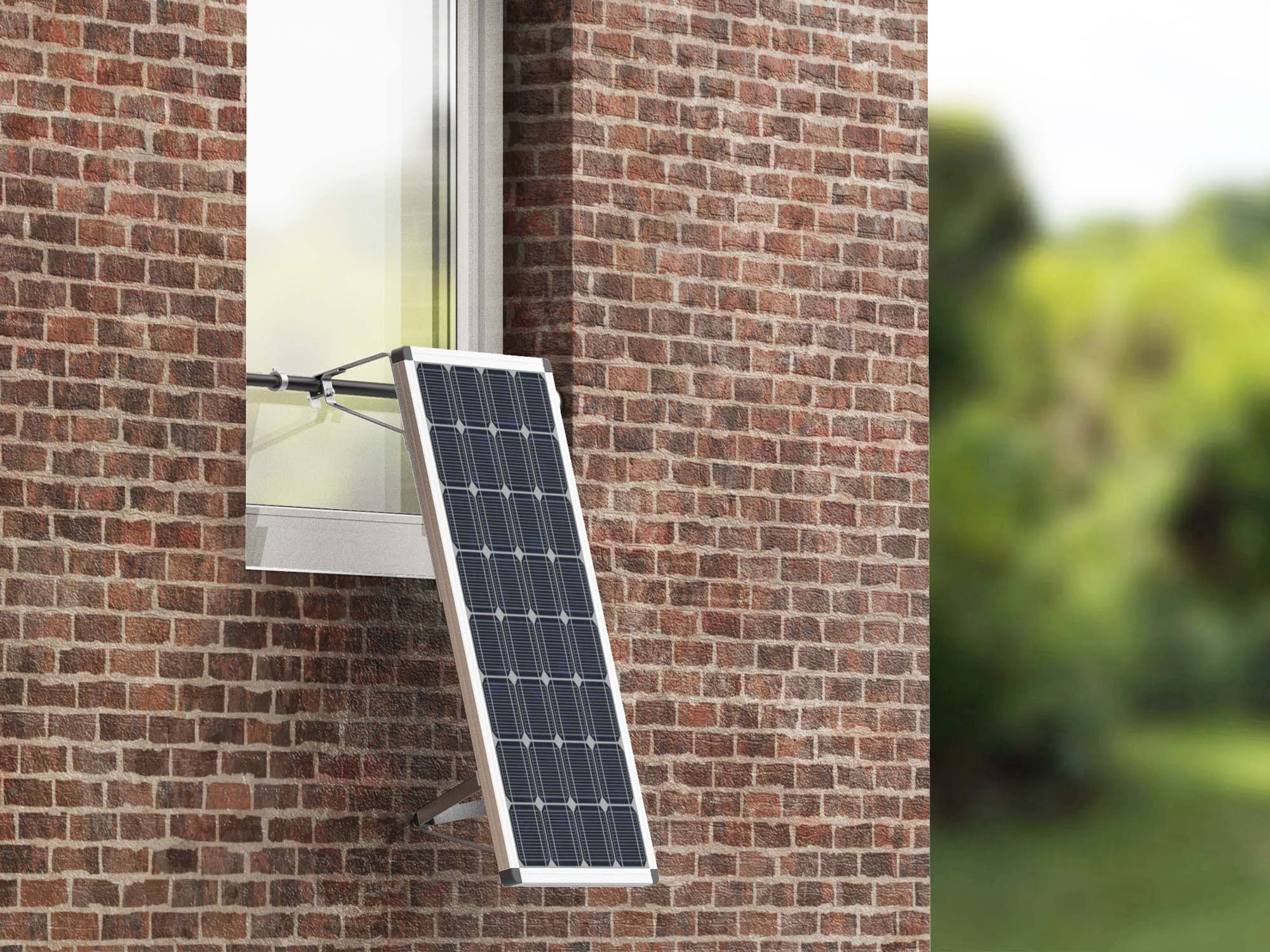
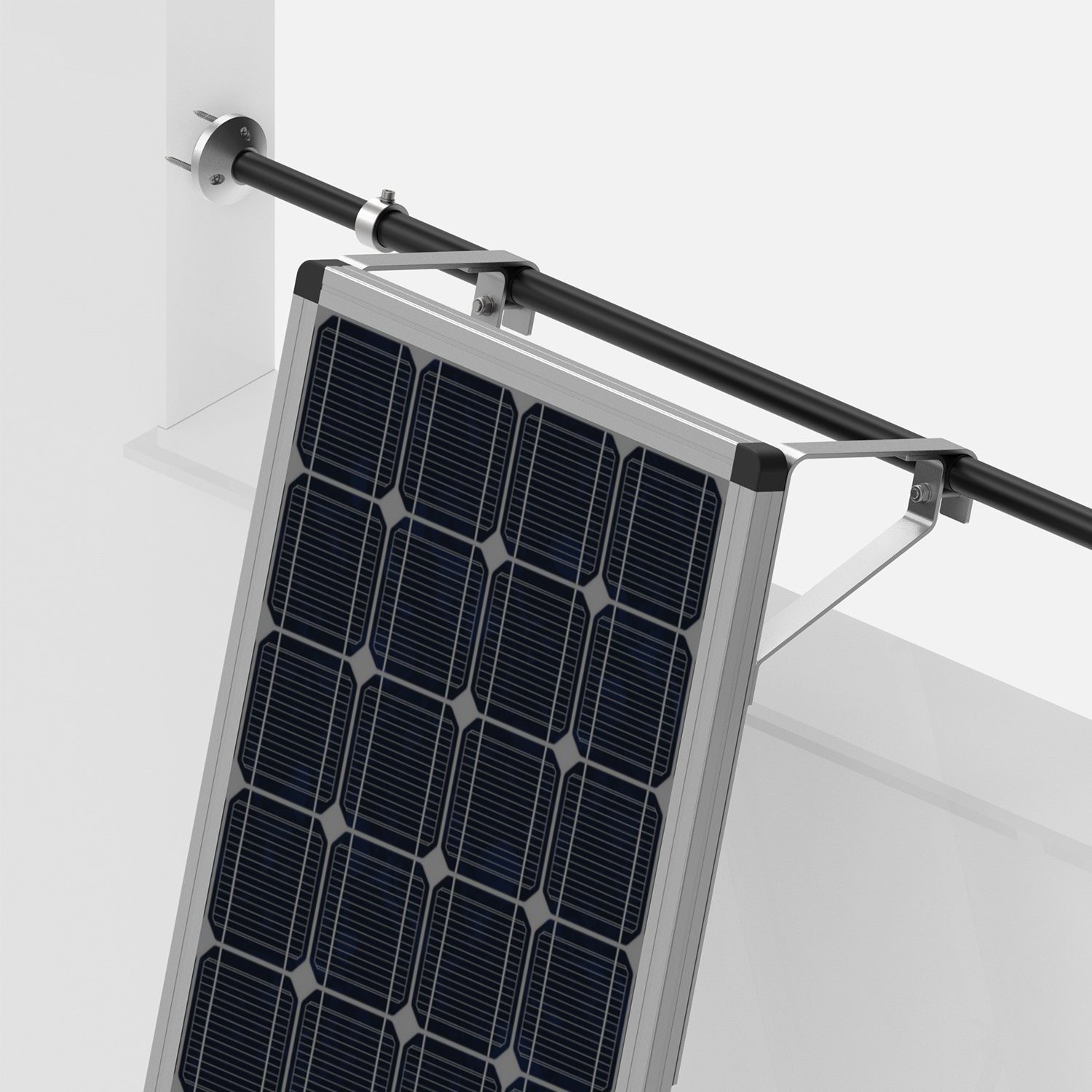
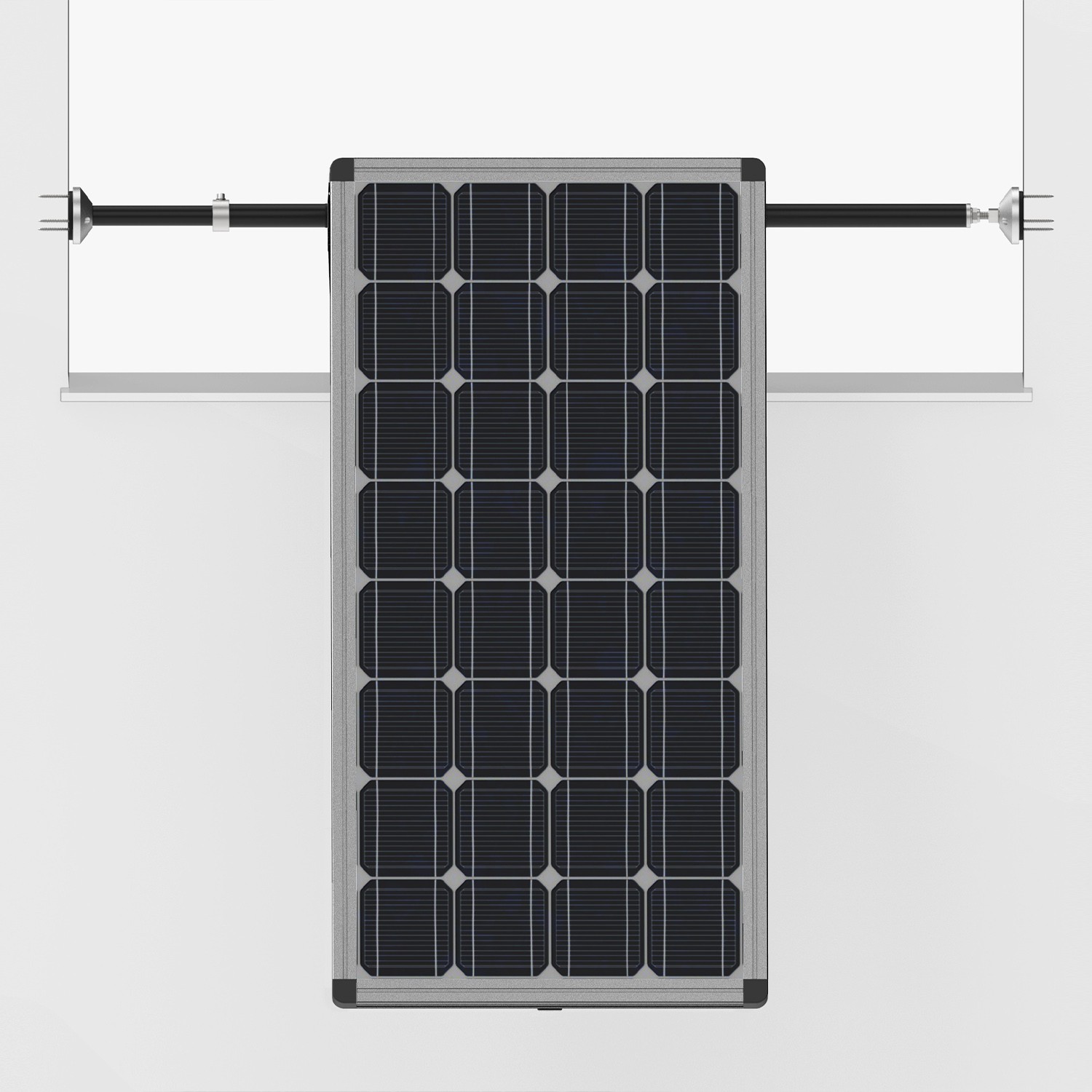
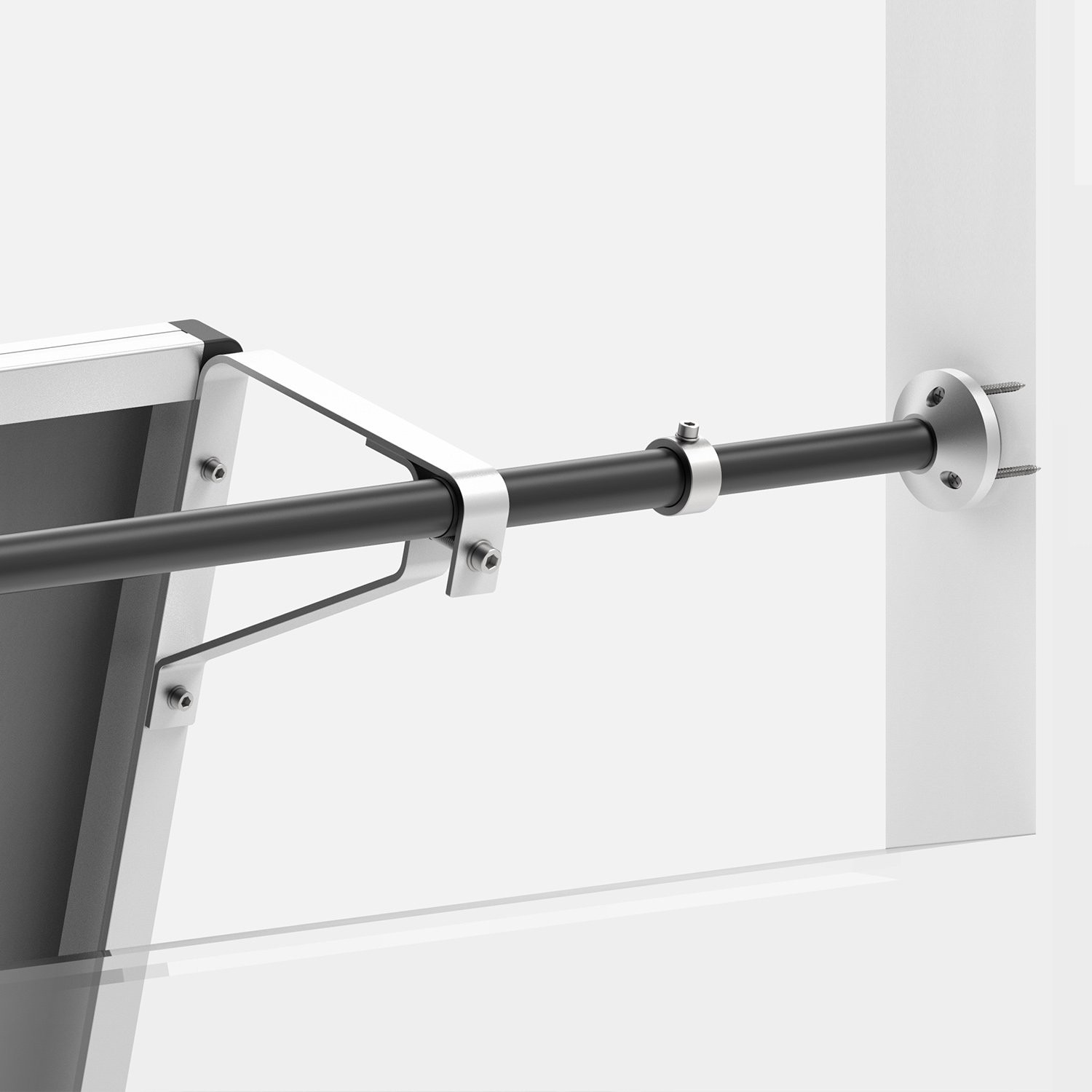
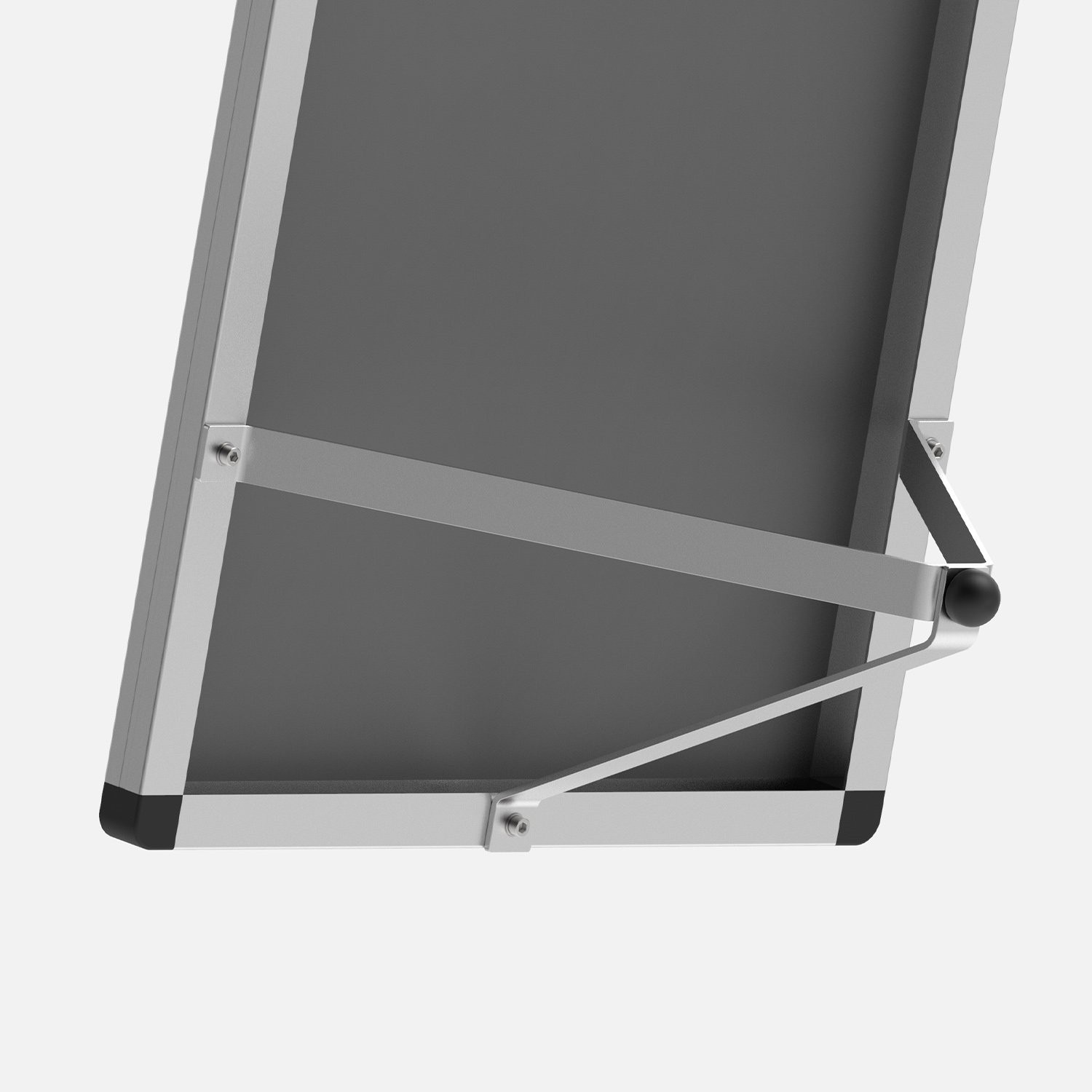
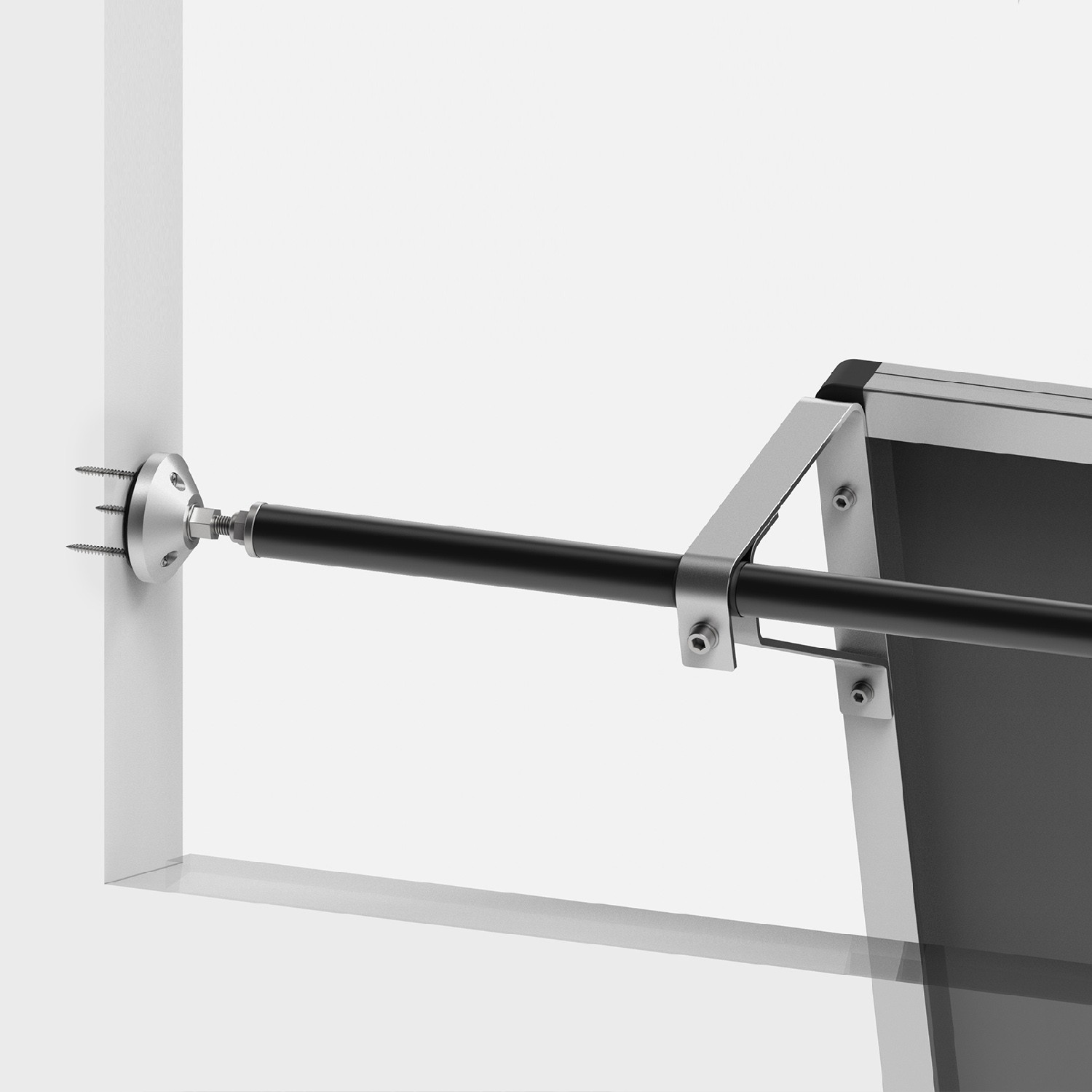
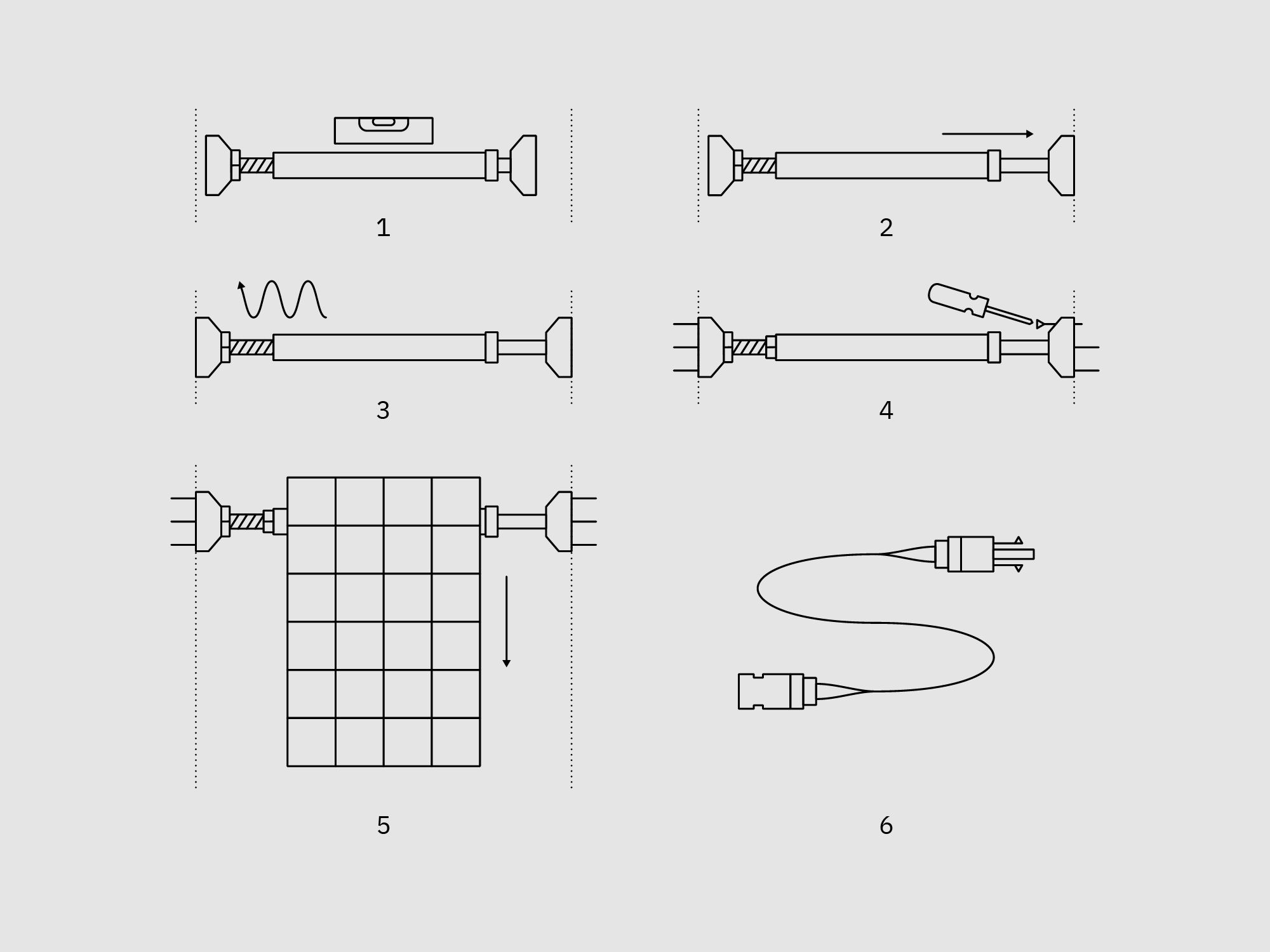
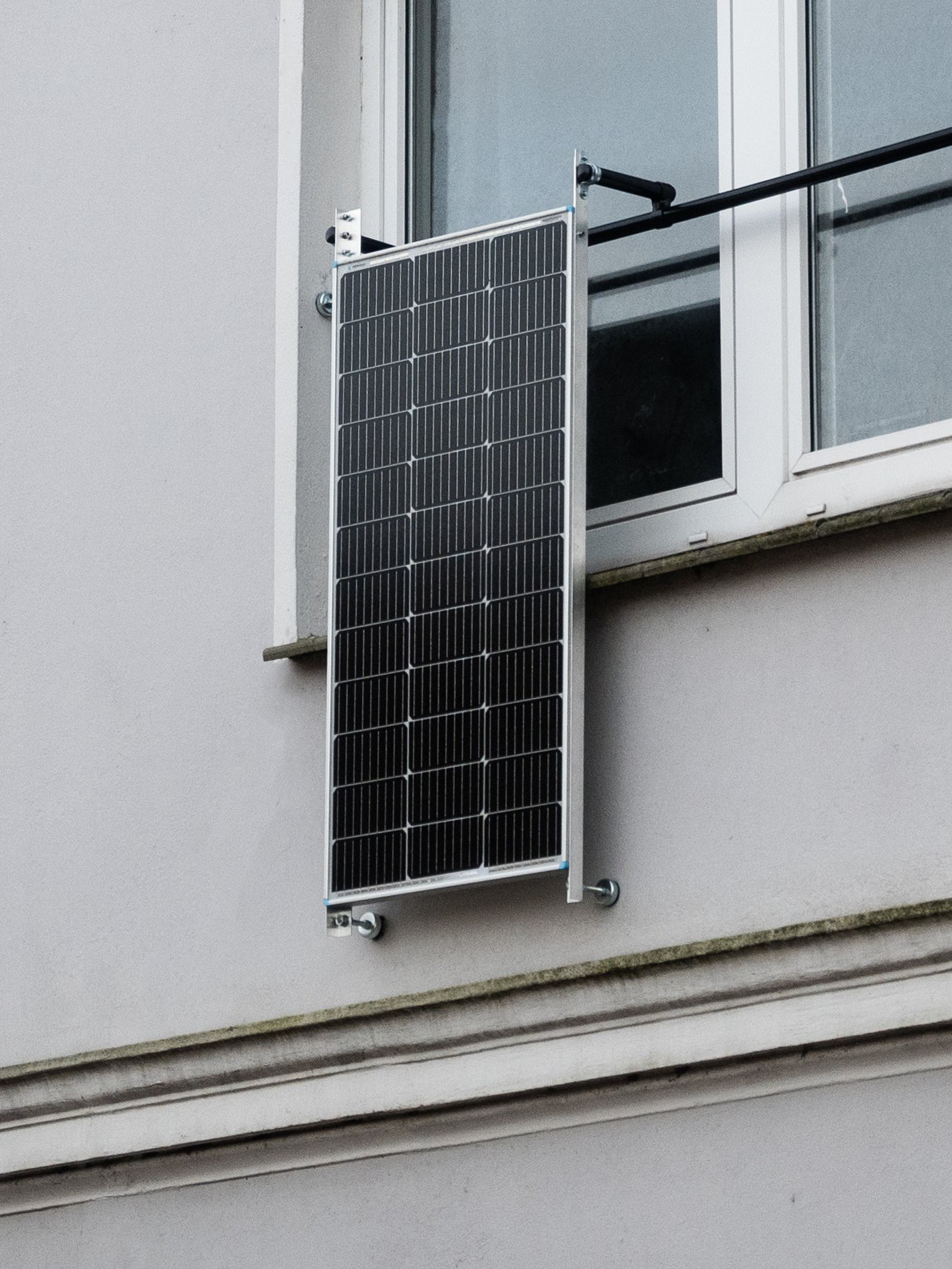
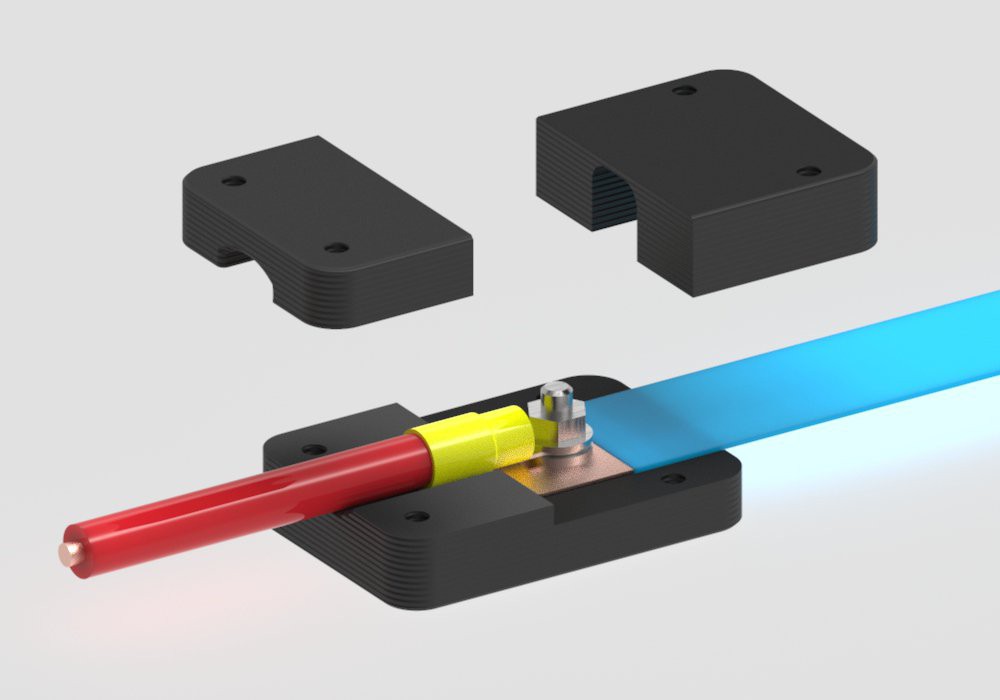
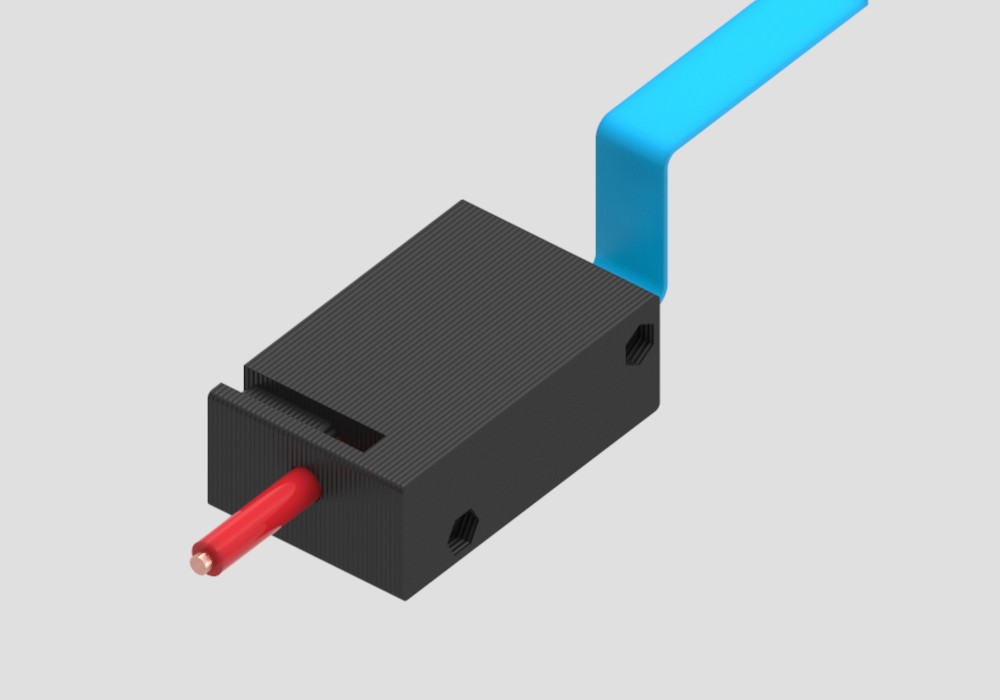
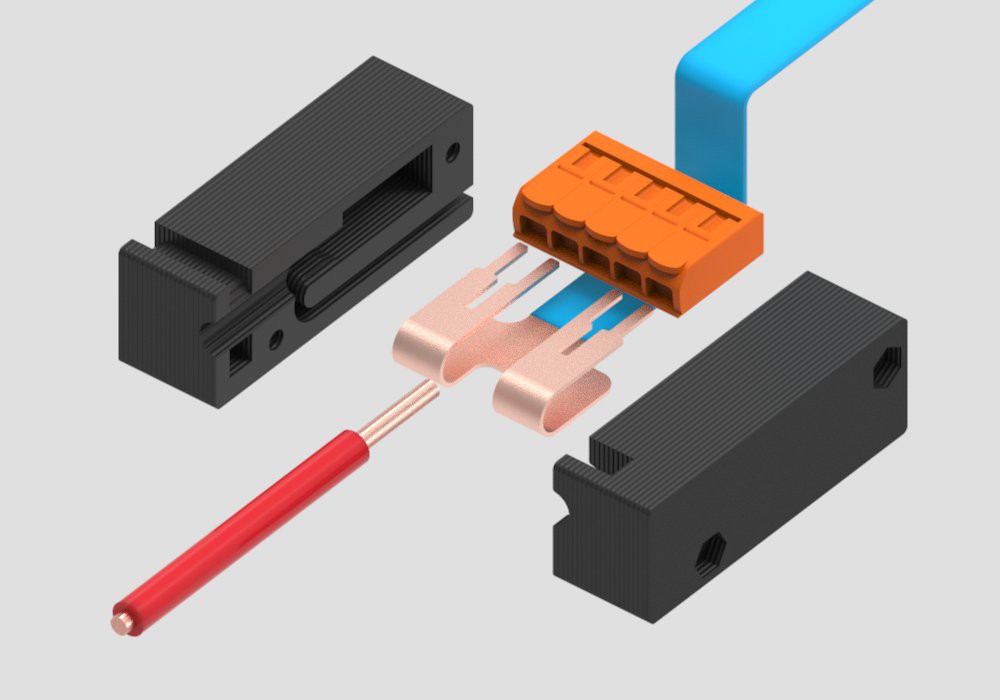
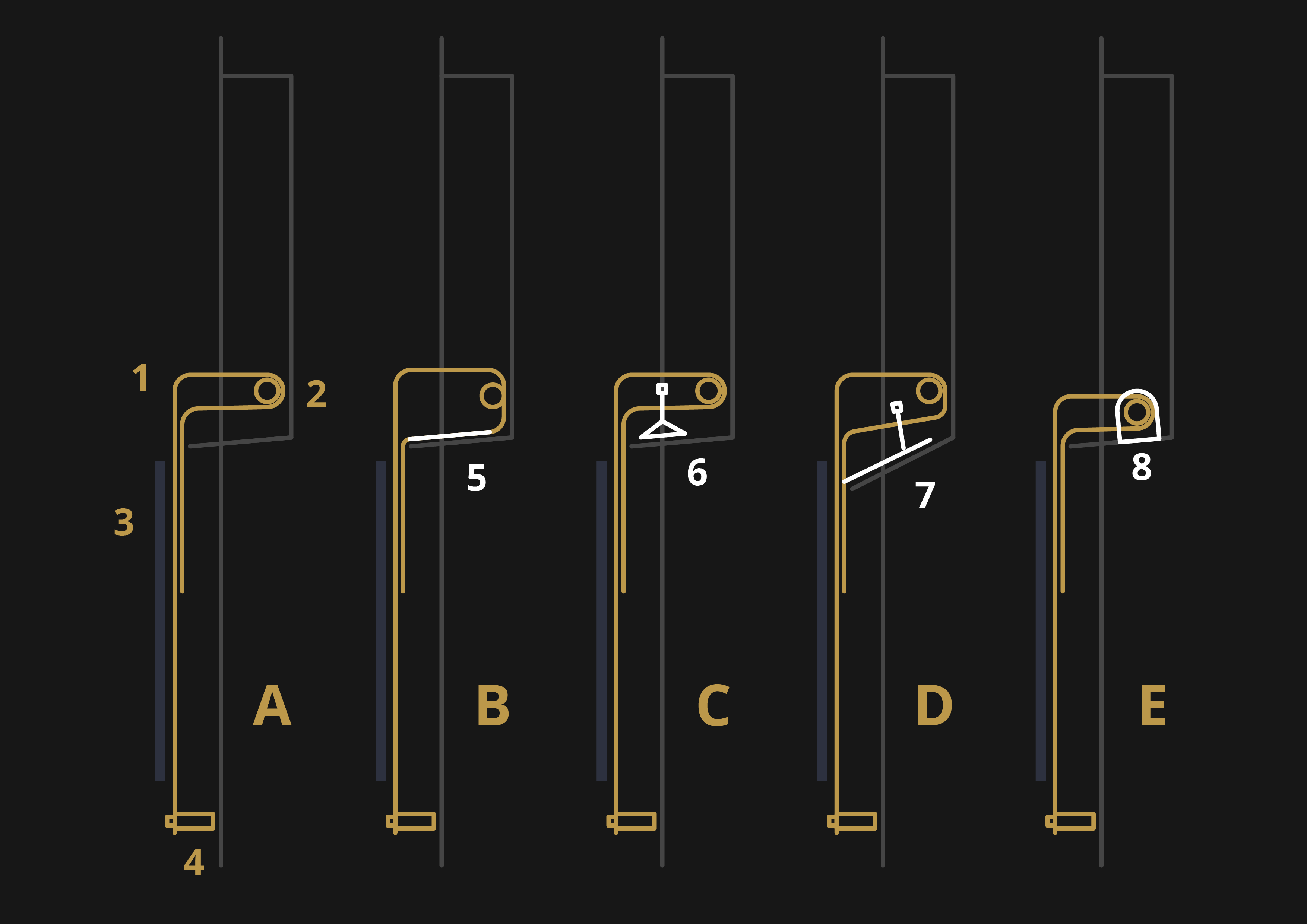
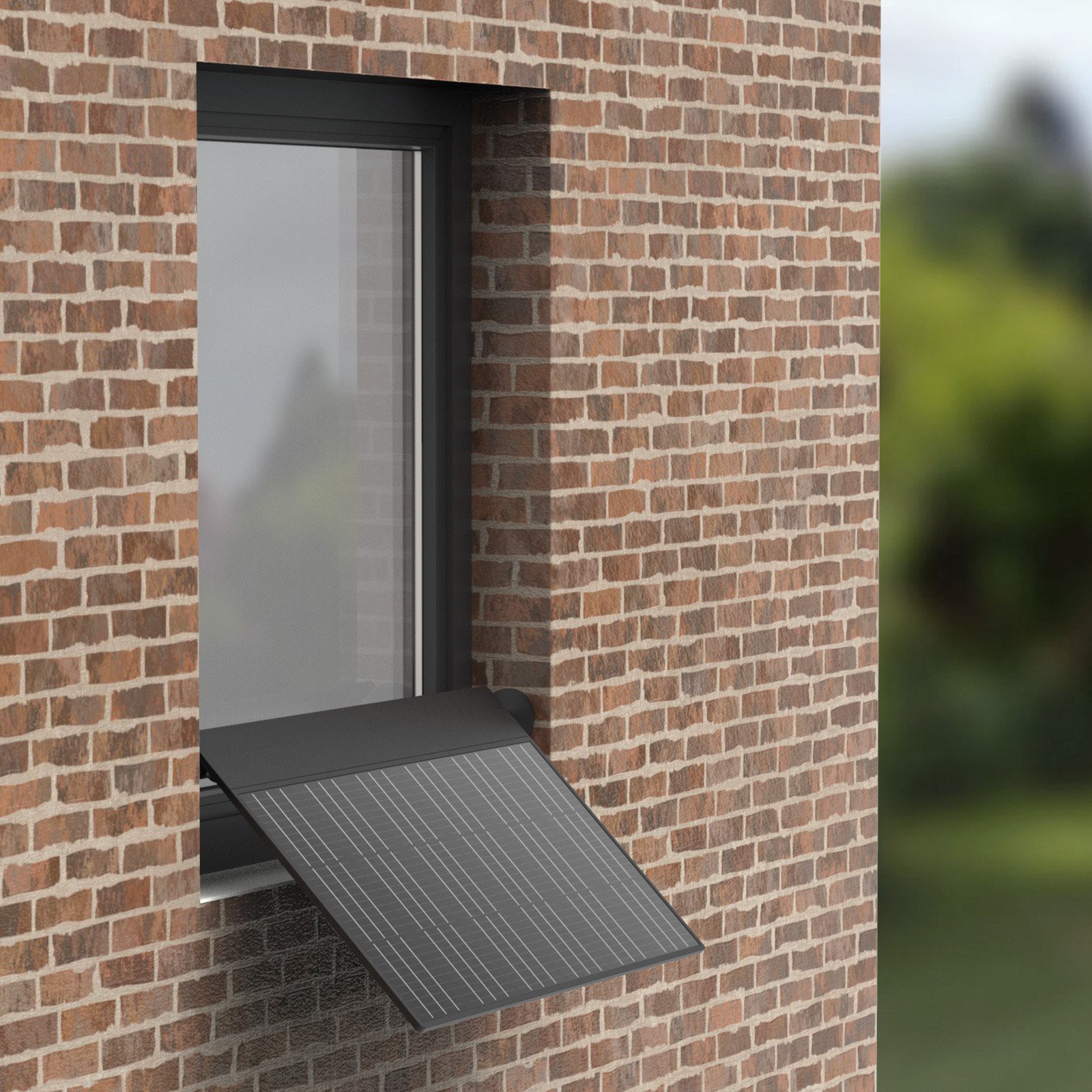
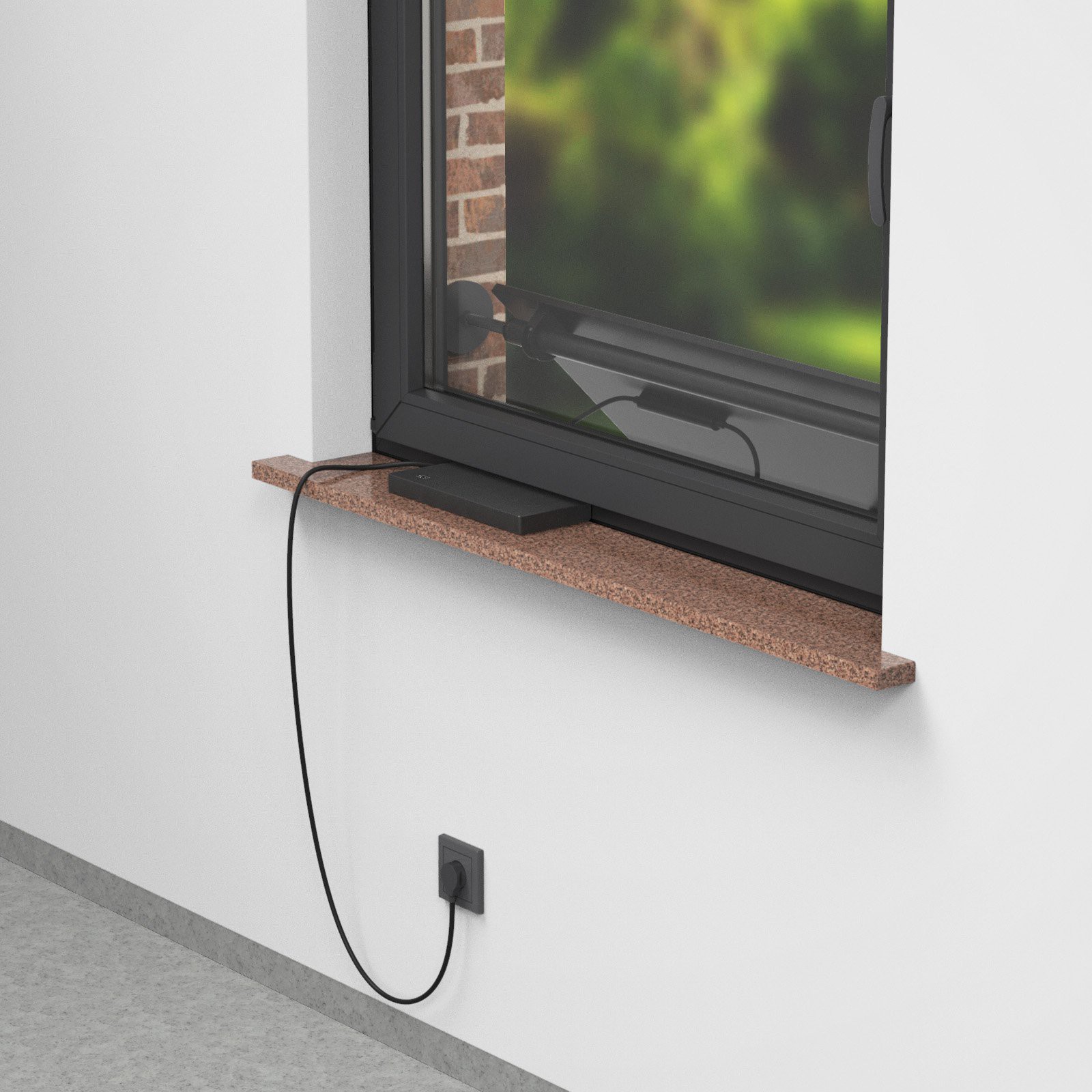
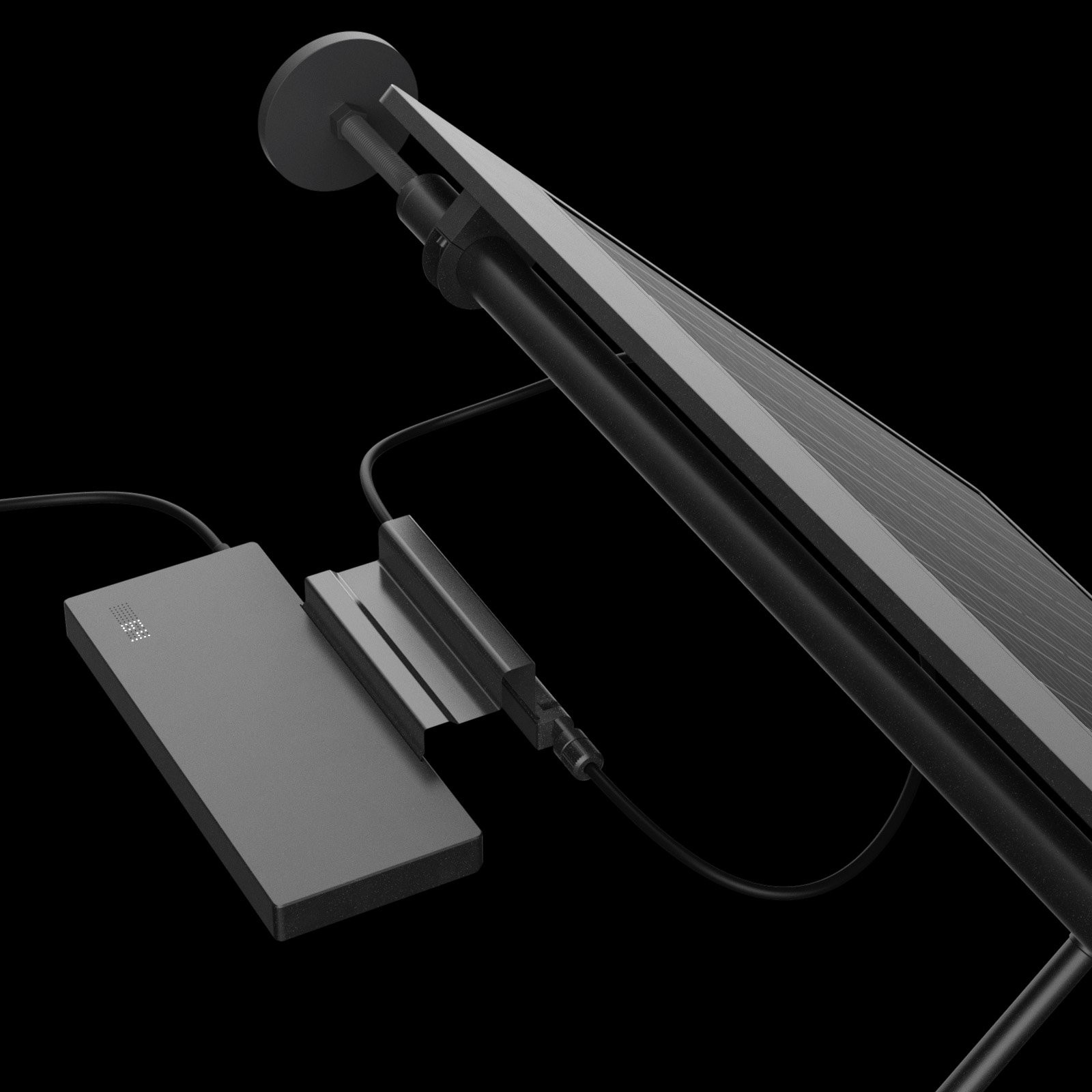
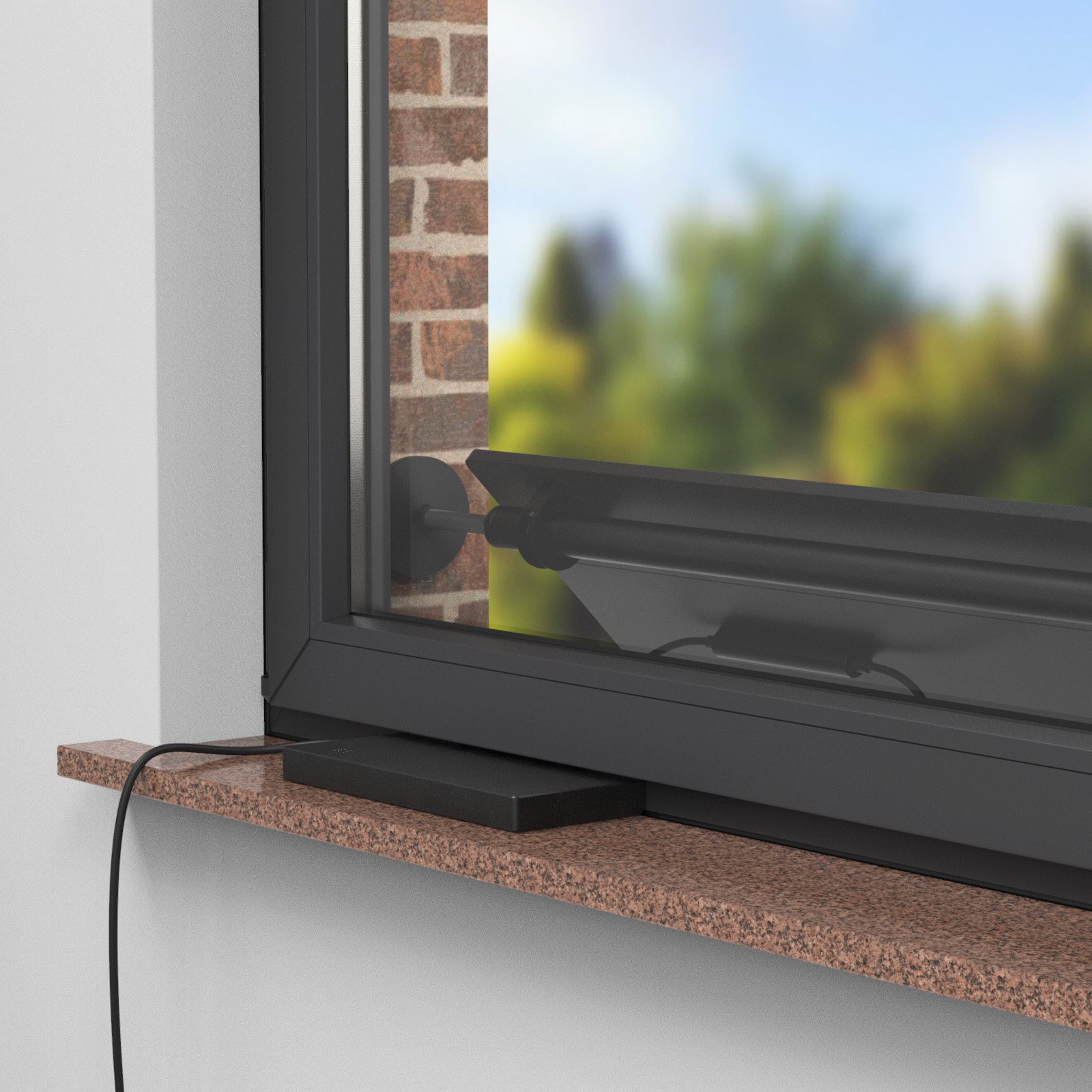
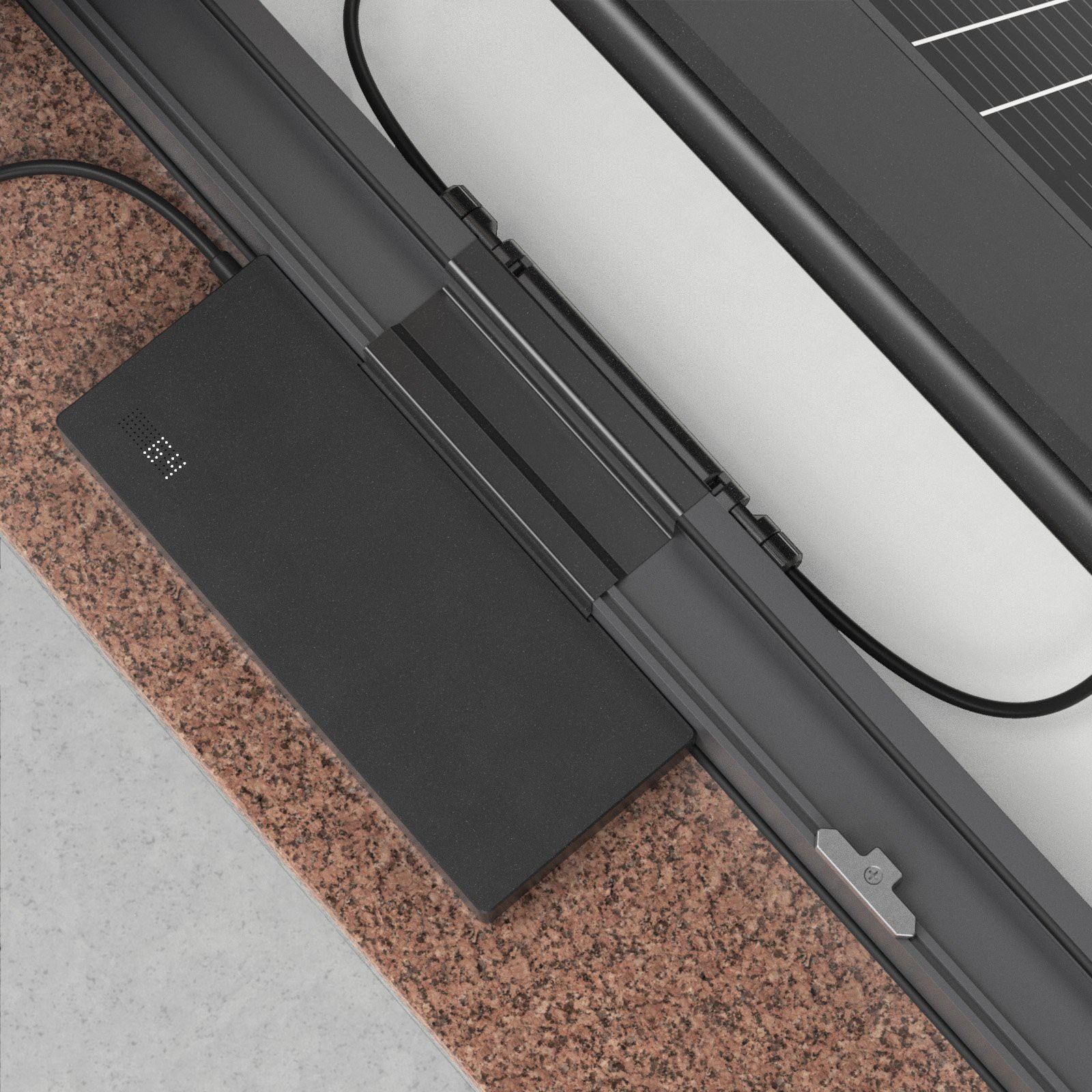
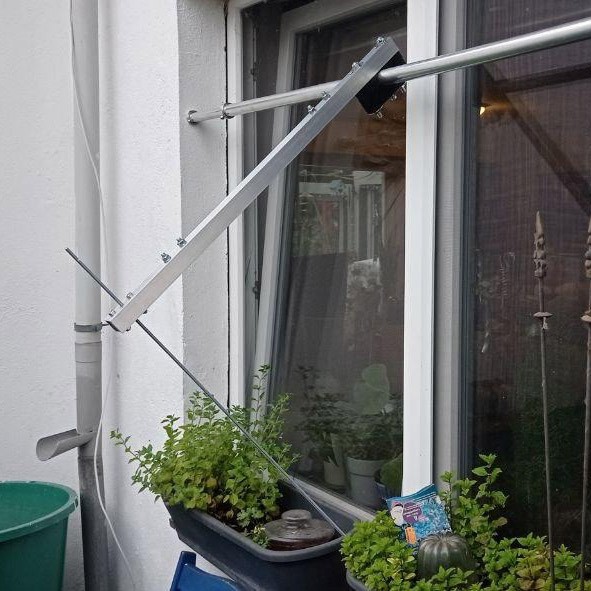
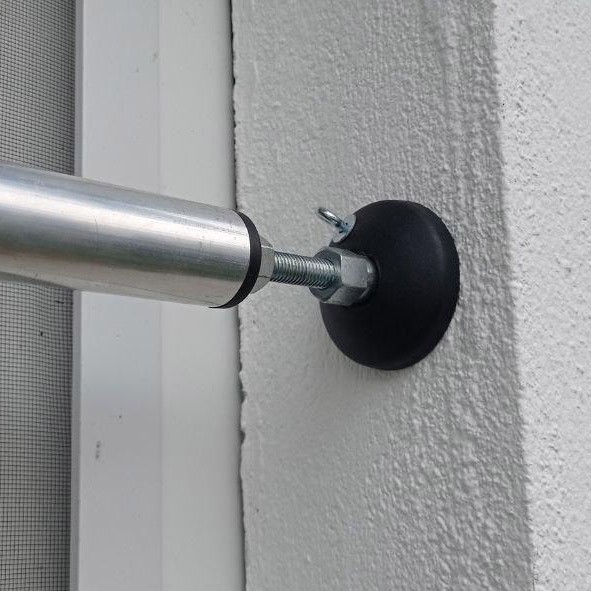
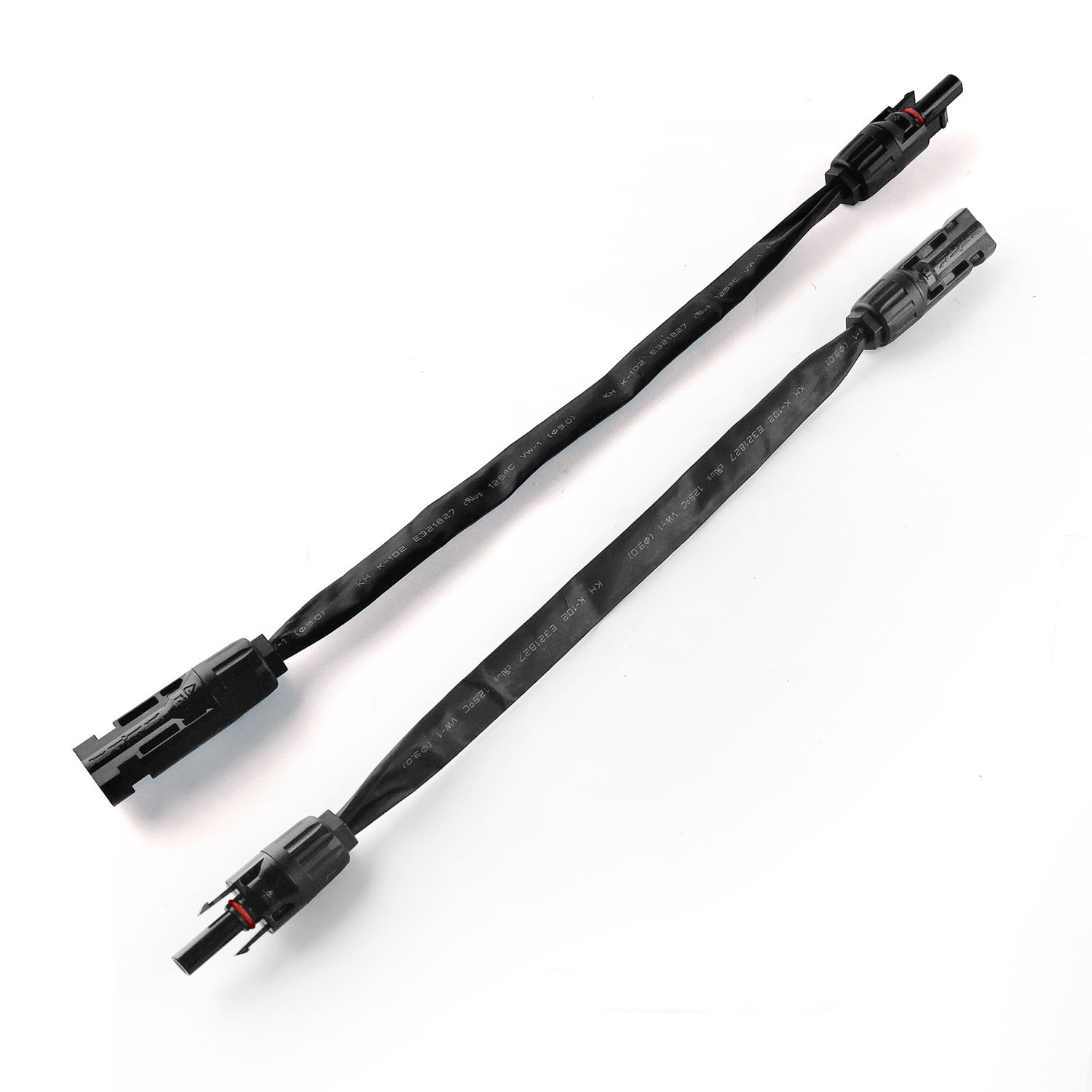
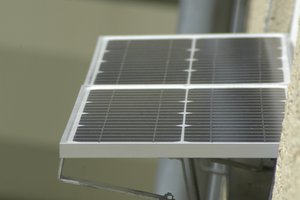
 Jack Pearse
Jack Pearse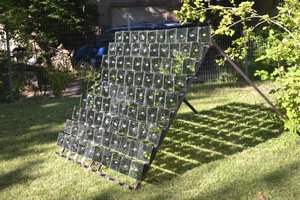
 wkpsahl
wkpsahl
 Vijay
Vijay
 artbyphysicistkitty
artbyphysicistkitty